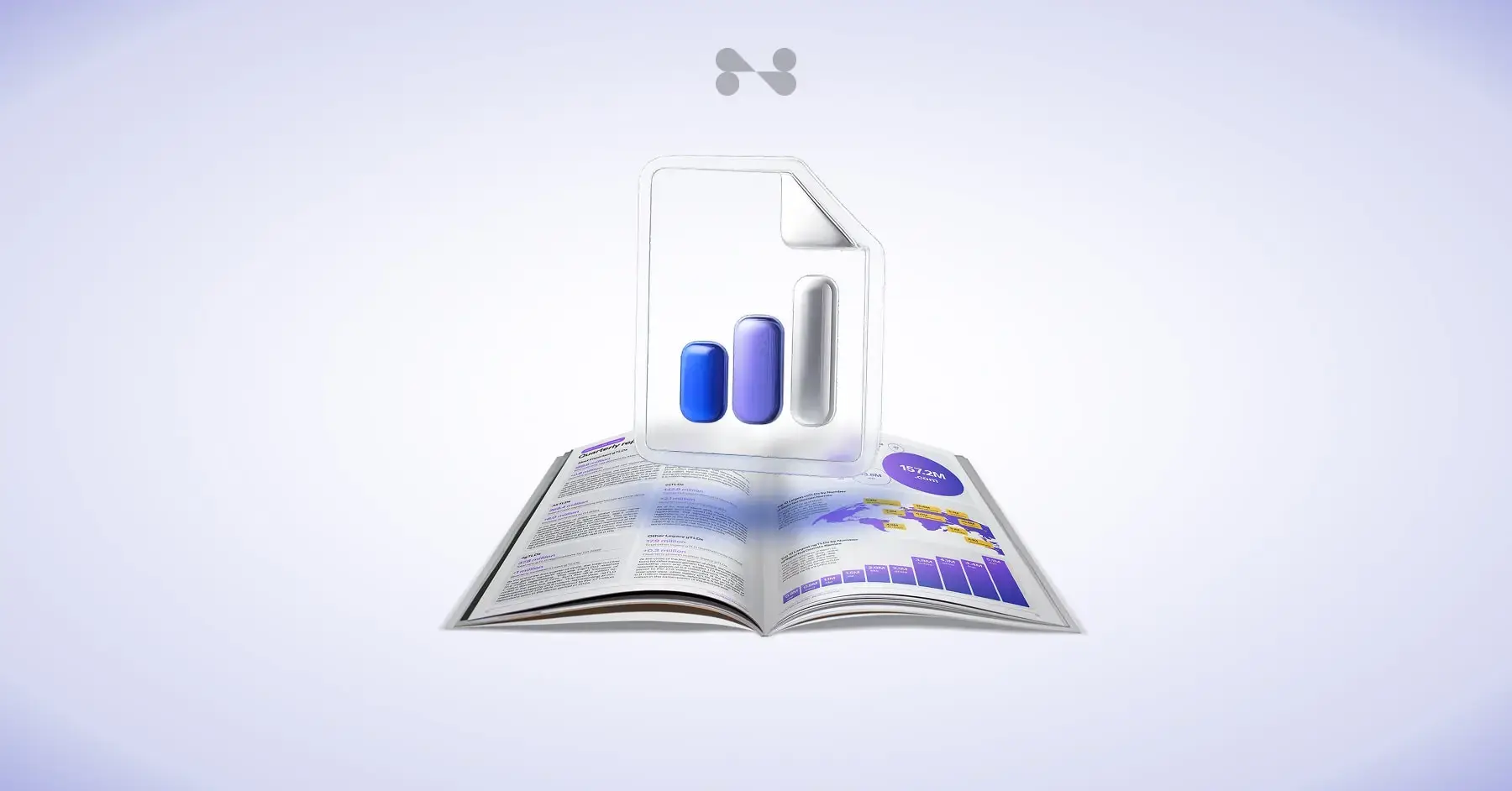Domain Aftermarket Report — Q1 2025

[Repurposed from a full article published in the inaugural version of The Domain Standard—a magazine created in collaboration with Freename.]
The first quarter of 2025 revealed a strong but uneven performance in the domain aftermarket. While premium sales set record benchmarks, liquidity challenges and low sell-through rates (STR) highlighted the structural hurdles of this unique asset class.
Market Overview
According to NameBio data, the global aftermarket recorded 160,800 reported sales in 2024, of which only 2,845 (1.77%) were private, off-market transactions. Although this likely underrepresents the real volume of private deals, it confirms that most trades still flow through established platforms such as Sedo, GoDaddy, Afternic, Atom, and Dan.com.
The average sell-through rate (STR) for .com domains hovered at 3–4% annually, a stark contrast to traditional real estate (10–20%) or commodities markets. This figure underlines the illiquidity of domains and the importance of timing, branding, and negotiation in achieving successful exits.
Premium Sales
High-value transactions continue to dominate headlines:
- voice.com — $30 million
- chat.com — $15.5 million
- nfts.com — $15 million
- rocket.com — $14 million
- sex.com — $14 million
These deals confirm the long-term appeal of short, keyword-rich .coms as digital real estate.
Emerging Trends
- AI domains surged, with 7 out of the top 10 ccTLD sales last year ending in .ai. Notable examples include girlfriend.ai ($274,610), boyfriend.ai ($230,000), and ace.ai ($205,000).
- Investors continue to treat domains as commodities, with scarcity driving value. Two-letter .coms remain particularly rare and can fetch $5M+.
- Domain fractionalization gained traction, offering investors the chance to buy “shares” in premium domains, a trend expected to boost liquidity and accessibility.
Investor Performance
The aftermarket in Q1 2025 showcased the outsized returns available to domain investors when timed correctly:
- Mike Mann’s portfolio: annualized ROIs reaching 287% (e.g., CryptoWorld.com: $15 → $195,000).
- Rick Schwartz: long-term holding strategy produced an average annual ROI of 44.12%, outperforming blue-chip stocks like Coca-Cola (5% annualized).
- Braden Pollock: median annualized ROI of 105.50% in 2023 and 143.99% in 2024, with flips like Spring.net yielding 642% annualized returns.
Structural Challenges
Despite record deals, the aftermarket’s liquidity problem persists. Unlike stocks or gold, domains often rely on one-to-one negotiations, and most portfolios have a 97% non-sale rate in a given year. Renewal fees also weigh on long-term holders, especially those with large inventories.
Technological innovation may provide solutions. AI-powered appraisals, blockchain-based trading, and fractional ownership models are expected to increase transparency, price discovery, and market efficiency.
Conclusion
The Q1 2025 aftermarket results confirm the dual nature of domain investing: exceptional upside but limited liquidity. Premium sales and investor case studies prove the potential for exponential gains, while broader market data highlights the structural reforms still needed.
As blockchain tools, fractionalization, and AI valuation models mature, the aftermarket may evolve into a more liquid and accessible investment class. Until then, successful investors will remain those who combine patience, foresight, and strategic timing in acquiring and holding digital real estate.
And while traditional .coms dominate the spotlight, Web3 domains are steadily emerging as the next frontier. Companies like Freename are leading this shift, enabling investors and creators to secure blockchain-based identities that can be traded, monetized, and integrated into the broader decentralized ecosystem. For anyone exploring the future of digital assets, this quarter’s results make one thing clear: the value of a name has never been more real.
